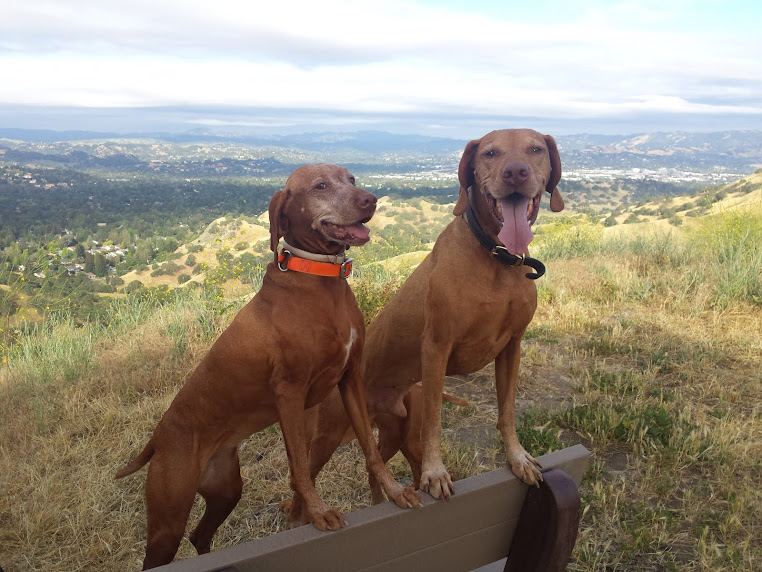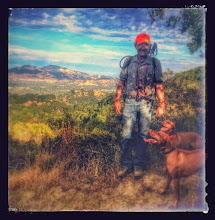
Pistol-packing Texas Gov. Rick Perry has a message for wily coyotes out there:
Don't mess with my dog.
Perry told The Associated Press on Tuesday that he needed just one shot from the laser-sighted pistol he sometimes carries while jogging to take down a coyote that menaced his puppy during February run in an undeveloped area near Austin.
Perry said he will carry his .380 Ruger pistol—loaded with hollow-point bullets—when jogging on trails because he is afraid of snakes. He'd also seen coyotes in the area.
When one came out of the brush toward his daughter's Labrador retriever, Perry charged.
"Don't attack my dog or you might get shot ... if you're a coyote," he said Tuesday.
Perry, a Republican running for a third full term against Democrat Bill White, is living in a private house in a hilly area southwest of downtown Austin while the Governor's Mansion is being repaired after a 2008 fire. A concealed handgun permit holder, Perry carries the gun in a belt.
"I knew there were a lot of predators out there. You'll hear a pack of coyotes. People are losing small cats and dogs all the time out there in that community," Perry said.
"They're very wily creatures."
On this particular morning, Perry said, he had been jogging without his security detail shortly after sunrise.
"I'm enjoying the run when something catches my eye and it's this coyote. I know he knows I'm there. He never looks at me, he is laser-locked on that dog," Perry said.
"I holler and the coyote stopped. I holler again. By this time I had taken my weapon out and charged it. It is now staring dead at me. Either me or the dog are in imminent danger. I did the appropriate thing and sent it to where coyotes go," he said.
Perry said the laser-pointer helped make a quick, clean kill.
"It was not in a lot of pain," he said. "It pretty much went down at that particular juncture."
Texas state law allows people to shoot coyotes if they are threatening livestock or domestic animals. The coyote never reached the dog, which was unharmed, Perry said.
Perry's security detail was not required to file a report on the governor discharging a weapon, said Department of Public Safety spokeswoman Tela Mange.
"People shoot coyotes all the time, snakes all the time," Mange said. "We don't write reports."
As for the coyote, Perry left it where it fell.
"He became mulch," Perry said.
Copyright 2010 The Associated Press. All rights reserved.














































